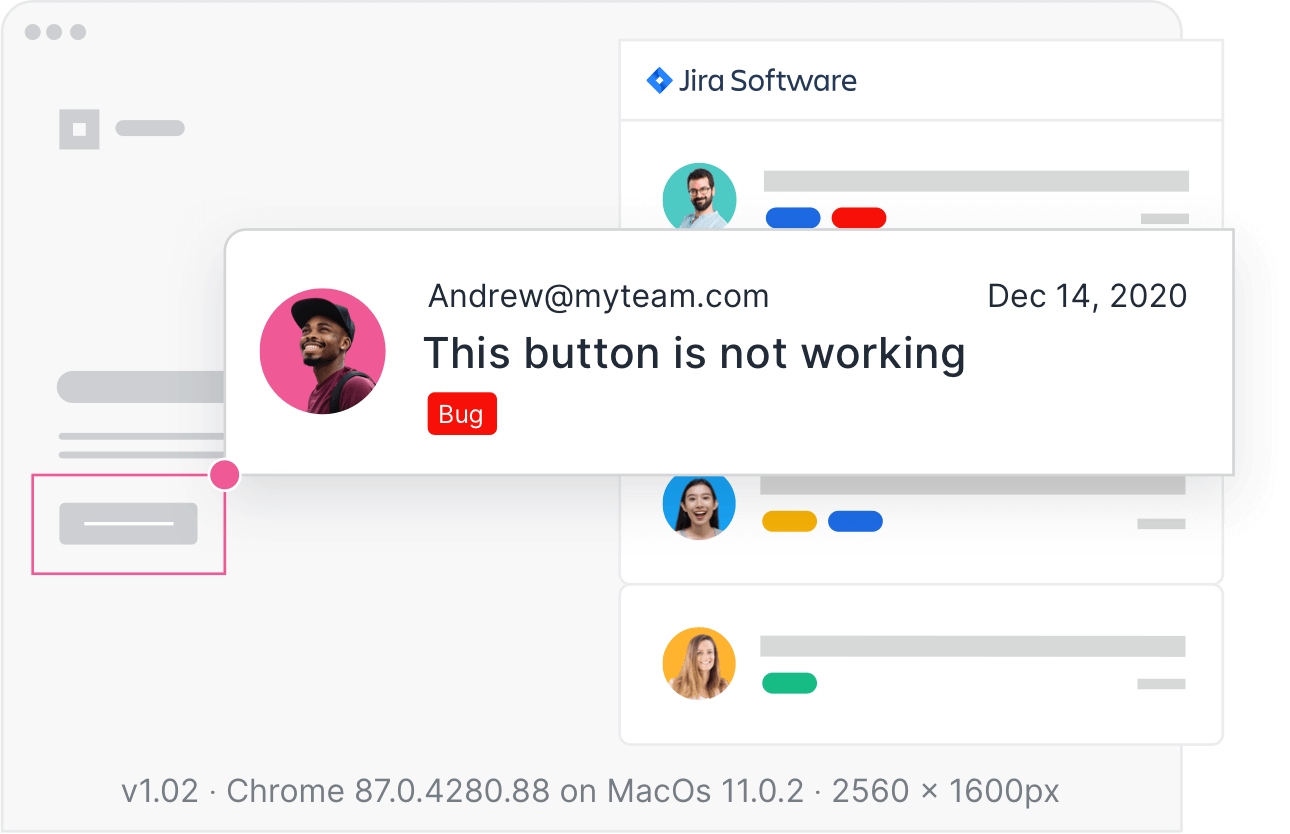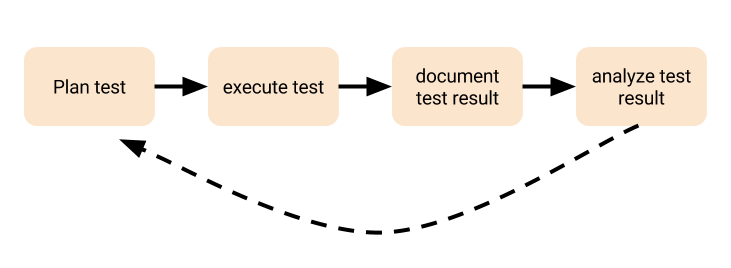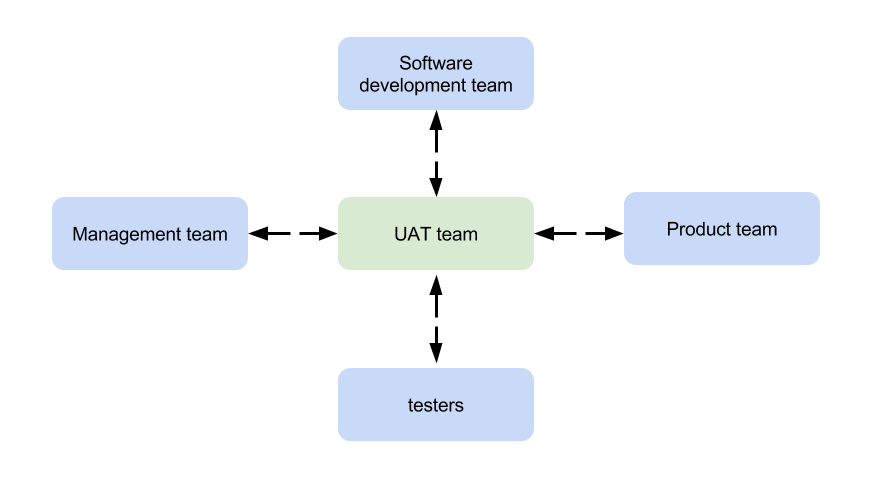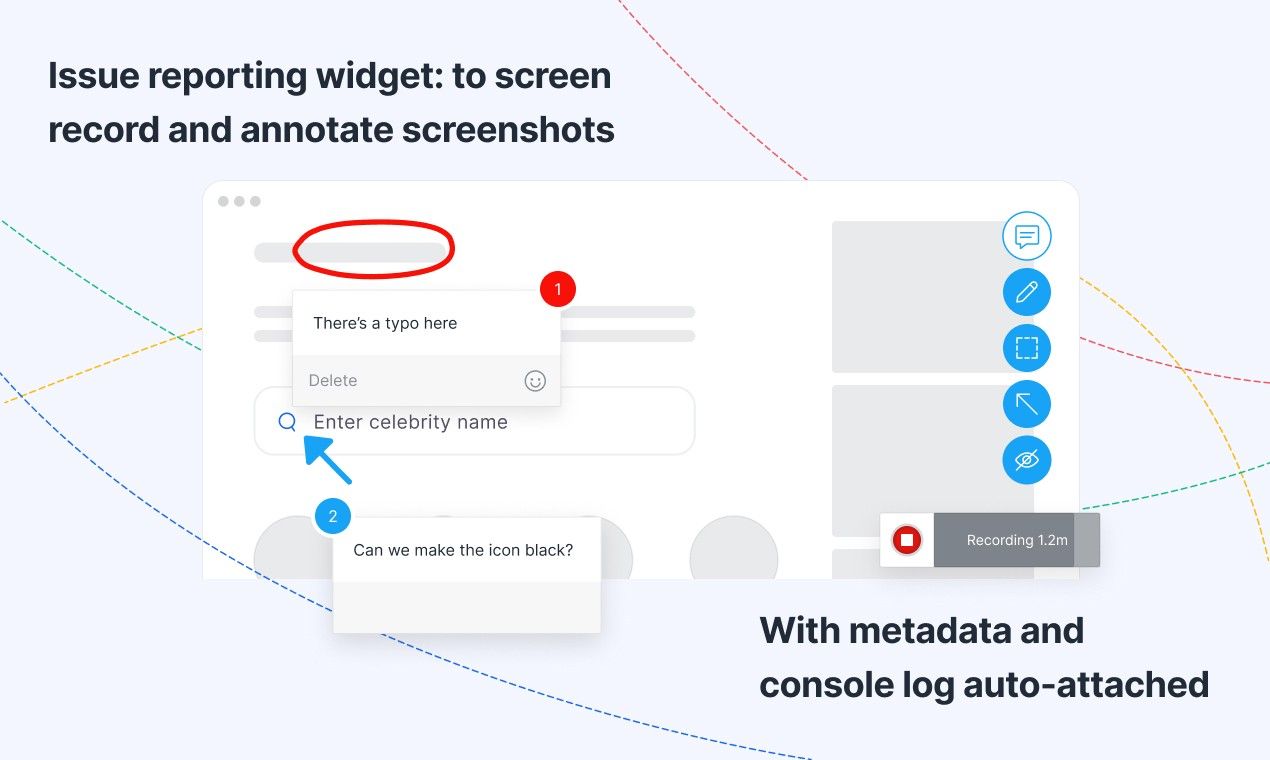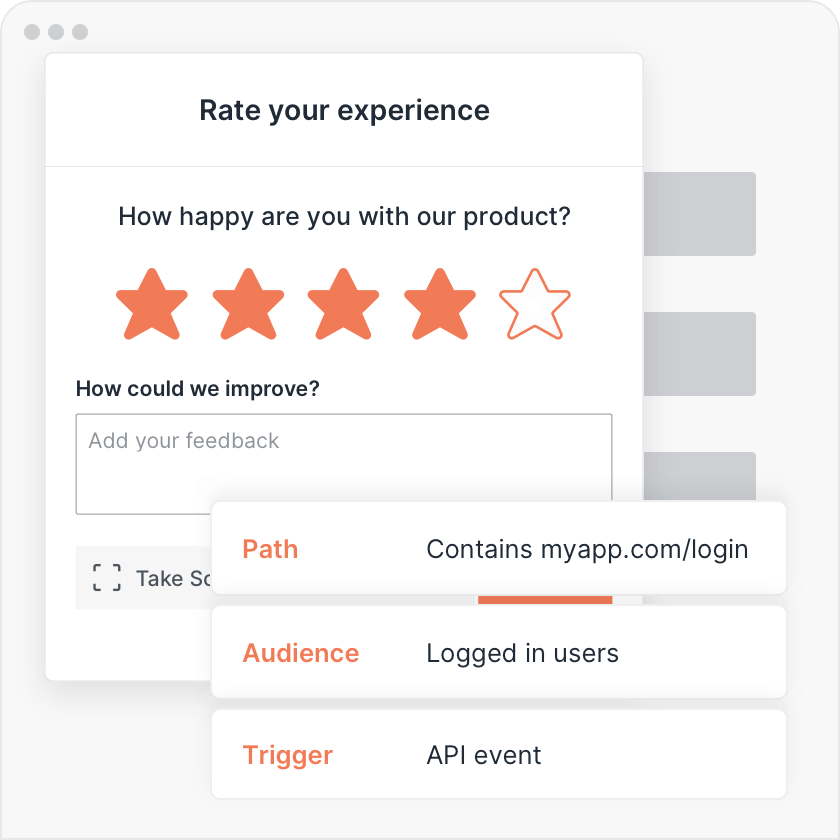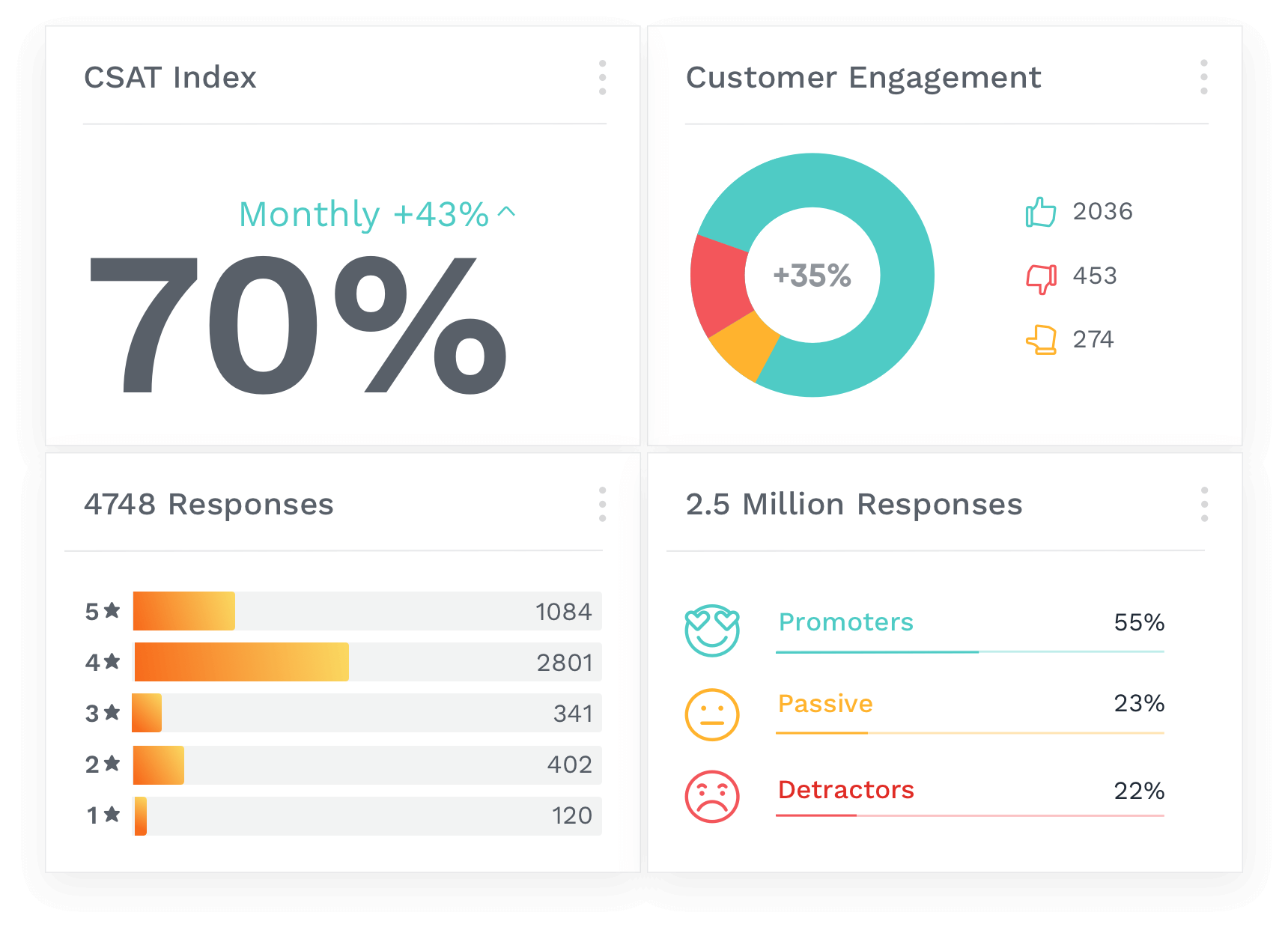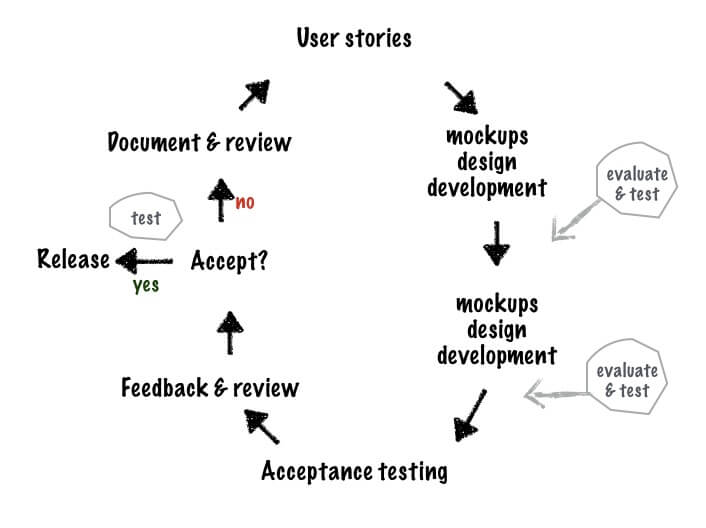In the last couple of weeks, we’ve given you a deeper look into the world of User Acceptance Testing. And over this period of time, we have received questions on a User Acceptance Testing workflow and process that works.
It’s quite a special topic for us too, since our bug tracking & testing software is used by a variety of people and companies helping them in their User Acceptance Testing efforts.
In today’s blog post I’d like to show you what the actual User Acceptance Testing workflow looks like. From planning to executing and to analyzing your UAT efforts.
Let’s get started.
User Acceptance Testing Best Practices
If you are wondering how should user acceptance testing be performed, you need to keep some best practices in mind. These don’t only tell you how to conduct UAT but ensure you get effective results through a multitude of UAT phases. To make your UAT a success, follow the below mentioned practices:
- Ensure that you’ve prepared a UAT plan early after starting your project
- Develop a checklist of conditions and prerequisites prior to starting UAT
- When you are in the system testing phase, carry out a pre-UAT session
- Define the UAT scope and set expectations in a clear and concise manner
- Avoid any system tests and evaluate end-to-end business flow
- Test your product, system, or app using real-world user roles and scenarios
- Make sure you conduct usability testing
- Hold a feedback meeting prior to proceeding to production
How to Conduct UAT
The primary reason behind conducting a user acceptance test (UAT) is to demonstrate that the project complies with its goals and objectives. If you want to learn how to perform user acceptance testing, keep in mind that it’s not an exercise to find bugs and errors in the code. That’s UAT for dummies 101. Now let’s take a look at different UAT phases that explain how should user acceptance testing be performed.
Engage Users/Customers to Define Test Criteria
Ensure that you and the end user understand each other when it comes to the scope and expectations of UAT. For this exercise, you will need to define scenarios and acceptance conditions.
Apart from that, you will also need a test environment which can be a remote or in-house location. Moreover, you will define test procedures to assess and evaluate the conditions.
Communicate Any Shortcomings/Bottlenecks
Once you run the user acceptance test, you will learn about which conditions are being met and which aren’t. Some bugs and weaknesses may also come to light. This will allow you to prepare a mitigation plan and tell your users when the reported issues will be fixed.
Continue User Acceptance Testing
As the conditions are being met and issues are being fixed, allow the users to test the system according to your predetermined strategy. Keep your testing going until you’ve ironed out all the kinks and issues.
Ask Users to Sign Off
After you have conducted UAT, have customers or users sign off on UAT. This will indicate acceptance and completion of your project milestone.
UAT Environment Setup
To ensure that required standards, policies, and regulations are met, you can design a UAT environment that allows developers working on a project to test new features and functionality. Administrators can be permitted to connect to the UAT environment setup each time there are features that need to be tested. This ensures that the whole process of UAT is standardized.
Speak Human. Feedback is for human beings, so address them as such. Use the words your users use.
5 steps to your UAT workflow. Here’s how it works.
User Acceptance Testing is complicated. That’s what probably a lot of you think. From creating a UAT plan, to executing your test cases and analyzing them. All kinds of different departments and people are involved.
And worst of all: UAT takes place at an awkward time: at the end of a project.
Your development team is done with their tasks (at least they should be) and your QA agents start testing the application.
And they have just one main job: Testing if the application works for your users.
I’ll guide you through the following 5 steps:
- Planning
- Execution
- Documentation
- Evaluation
- Reporting & Lessons Learned
Planning
Planning your User Acceptance Testing efforts is an absolute must-have. Without proper planning, UAT won’t get you anywhere. Planning your User Acceptance Tests must cover the following areas:
Planning & time management
In a first step, you need to clarify some basic questions. You need to collect information regarding your UAT schedule and your QA agents and testers.
Make sure to have all information in one place in order to set up a realistic UAT plan. And most importantly: Draft a concept what your testing groups should look like.
Staff requirements
You need to plan who of your team is involved in the UAT yUAT execution as well as ensure that all responsibilities and tasks are known.
Every person involved in the UAT process should have a clear understanding of what his or her responsibility is.
When setting up your UAT team ensure to bring everyone on the same page. Establish clear communication guidelines and prepare your target audience for the test case.
Communication & Issue strategy
While executing the defined UAT test cases you need to make sure to have a User Acceptance Testing workflow in place which deals with bugs, issues, and other problems.
- How are you going to document problems?
- How can testers communicate problems?
UAT checklist
Before starting to execute test cases, I recommend making use of a User Acceptance Testing checklist. It will help you to stay focused and keep your efforts and to-dos in place.
Based on our UAT experience, we’ve put together this User Acceptance Testing workflow checklist template for you. You can download and view the checklist for free.
2. Execution
You have a couple of options when executing your UAT test cases. As the name suggests your testers (= potential users) will now test and evaluate your application regarding certain test scenarios.
If you provide a global product on various geographical markets, chances are high that you can’t meet these testers in person.
The test cases can be executed in one-on-one sessions via Skype or any other video calling software. During the sessions, you will gain a lot of quantitative and – even more important – qualitative data from your users.
Especially if the test cases are executed after the finished development process, you might end up with some new insights which you haven’t taken into consideration. Your theory of how much know-how your users have will be tested.
3. Documentation
Executing and documenting your User Acceptance tests should happen at the same time. I’d recommend setting up a system which lets you document all relevant information without losing any data.
Documentation is one thing, clearly defined responsibilities for ensuring the implementation of your users’ feedback is another key factor.
A lot of our customers have set up Usersnap for this step. Bugs, feedback, and other abnormalities can be documented on your user’s browser screen. An easy-to-use project dashboard allows your colleagues to get a good overview of important issues. Making sure to delegate and assign priorities is another key thing here.
4. Evaluation
During this phase you need to evaluate if the defined criteria are tested and met. And most importantly if those criteria were successfully accomplished by your testers.
Has any test case failed? Which problems did occur? How can those problems be resolved and who is responsible for that?
The quantitative and qualitative data documented in the first place need to be analyzed. The following questions need to be answered:
- How many testers did complete the test cases?
- What was the overall rating of these test cases?
- What was the overall state of mind of each tester?
- Which emotions did occur during the test cases?
The evaluation phase is a pretty extensive one, since each and every single test case needs to be analyzed and put into context.
5. Reporting & lessons learned
You might think that the evaluation and reporting phase are the same. They are not.
During the evaluation phase you are collecting, aggregating and analyzing data. In contrast, the reporting phase deals with the bigger picture.
The main goal is to gather insights and lessons learned which will help you to improve your future test cases and UAT workflows. You might also start building relationships with some of your UAT testers during that phase as they are a helpful source for further feedback and insights.
UAT is not just a test. It’s a cycle.
By solving our own most difficult problems, we’re potentially creating immense value for everyone else.
User Acceptance Tests are regularly conducted at the end of a software development phase, at a time when the product is nearly “finished”. This must not be the case. The later problems occur, the more expensive they are.
UAT workflows can be implemented way earlier. When pursuing a more agile approach to UAT, UAT itself is not a separate project step. Instead, it requires a continuous collaboration between all team members and stakeholders.
Throughout the entire development workflow, UAT becomes an essential part of every project stage.
The goal here is to integrate User Acceptance Tests in each and every project step. UAT is not a phase anymore. Ensuring continuous progress means ensuring continuous test and feedback cycles.
Bonus: Great Tool for any User Acceptance Testing Workflow
When selecting a tool to help make communication, bug reporting, issue tracking and team collaboration easier, you can turn to Usersnap the visual feedback software for UAT.
Click, screenshot or screen record, annotate on the issue, send. Yes, it’s as easy as that! Usersnap allows you to collect test feedback within your app, users can draw and comment directly which makes it quick and accurate. Browser info, screen size, URL, Javascript errors are automatically captured with each ticket so your engineers can reproduce and troubleshoot on the spot.
The post Fundamentals to set up your User Acceptance Testing workflow appeared first on Usersnap blog – the #1 customer feedback software.


